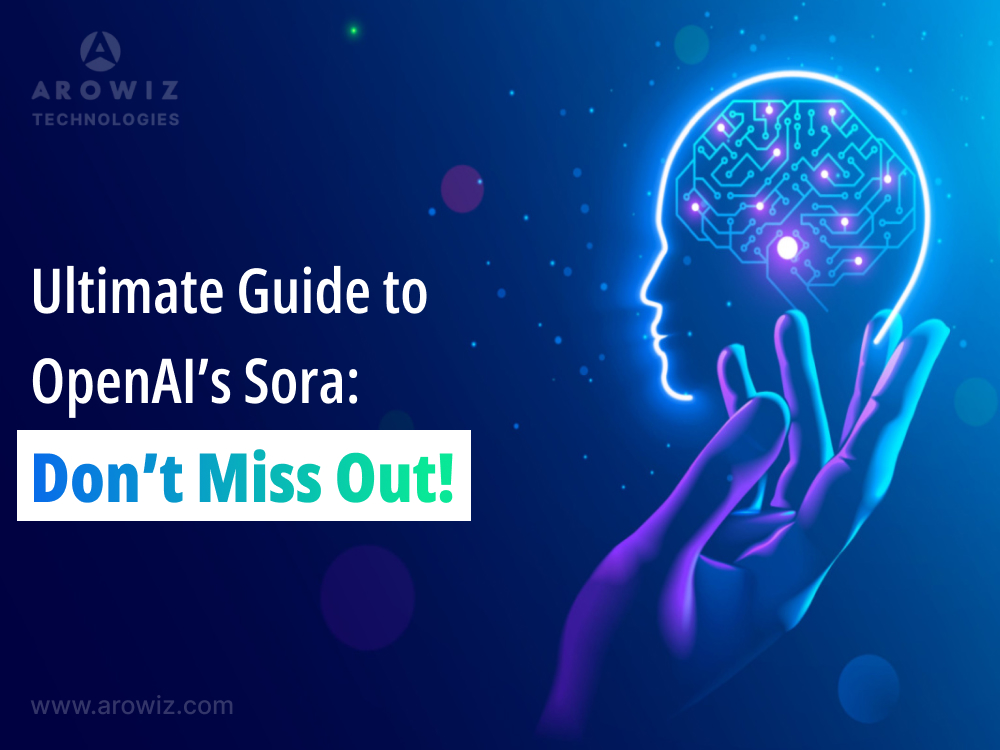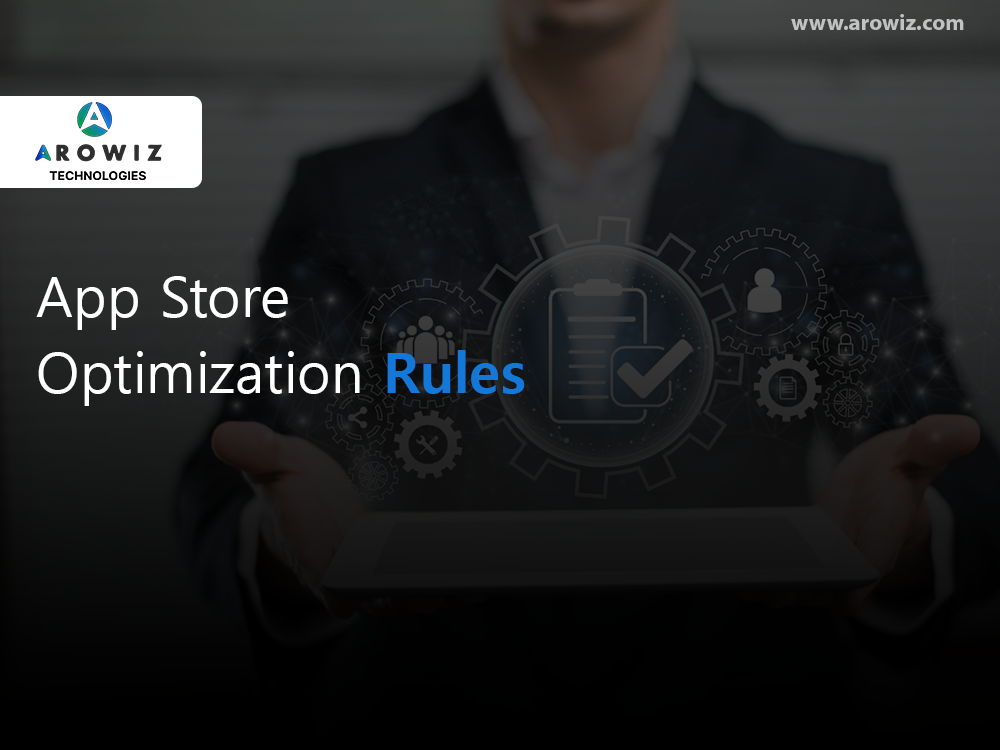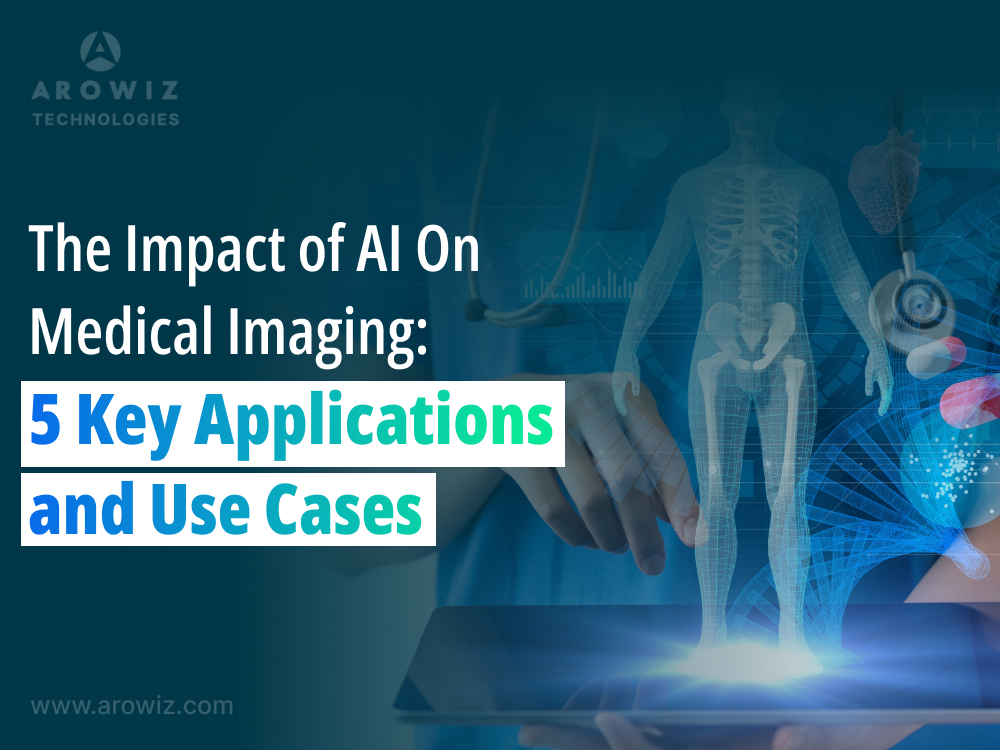Just a few days ago, while I was scrolling through social media, a video popped up. Its title indicated it…
Ultimate Guide to OpenAI’s Sora: Don’t Miss Out!
admin
- June 3, 2024
4 min read

Just a few days ago, while I was scrolling through social media, a video popped up. Its title indicated it was AI-generated, not real. It had been created using a text-to-video AI model called OpenAI’s Sora.
I was shocked to read that. I was really eager to learn more about OpenAI’s Sora, the text-to-video generation AI model!
I spent 5 days exploring Sora and gathered valuable insights that I wanted to share with you. You shouldn’t have to spend 5 days learning about it, so let’s get started.
What is OpenAI’s Sora?
OpenAI’s Sora is like a super-smart assistant that turns words into videos. It’s a cool new tech from OpenAI that lets you change written stuff into awesome videos.
It’s like having a magic tool for making videos out of anything you write, which can be super helpful for all sorts of creative projects and businesses.
Sora can create top-notch videos with varying aspect ratios and resolutions, maintaining high quality and fidelity.
This technology has significant real-world implications, potentially disrupting industries and affecting how content is created and produced.
I saw a video made by Sora from OpenAI. It looked super real and amazing. Sora seems way better than Pika Lab or RunwayML.
Supercharge your startup with our FREE MVP Guide E-Book
Download it now to kickstart your growth and turn your ideas into reality.
Technology Behind OpenAI’s Sora:—
OpenAI’s Sora uses advanced algorithms blending natural language processing (NLP)and computer vision to create realistic videos from text inputs.
The Power of OpenAI’s Sora: —
OpenAI’s Sora is a game-changer in content creation. With its advanced AI algorithms, by effortlessly turning text into engaging videos, opening endless possibilities across industries such as marketing, education, and entertainment. Let’s discover the true potential of Sora.
- OpenAI’s Sora revolutionizes content creation with advanced AI technology.
- Harnesses the power of NLP and computer vision algorithms.
- Converts text inputs into dynamic video content seamlessly.
- Offers versatile customization options for tailored video creation.
- Suitable for various applications including marketing, education, and entertainment.
Amazing features of OpenAI’s Sora: —
PROMPT: Two golden retrievers podcasting on top of a mountain.
1. Text-to-Video Conversion: Sora excels in converting text into video content. Users can input written content,

2. Change the style of environment in videos.

3. Extend existing videos.

4. Interpolate two videos.

5. Scalability:Sora is designed to handle large volumes of text inputs efficiently.
Use Cases OpenAI’s Sora: —
- Content Creation: Sora is a valuable tool for content creators. useful for blog posts, articles, and social media content into video format.
- Marketing and Advertising: Businesses can leverage Sora to create compelling marketing videos, product demonstrations, and promotional content.
- Education and Training: Sora has applications in education and training, where it can convert educational materials, lectures, and tutorials into video format.
- Entertainment: Sora can be used in the entertainment industry to create captivating video content, such as short films, animations, and video blogs.
What are the Risks of Sora?
OpenAI’s Sora is still new, so it’s hard to pinpoint all the potential risks. However, according to sources some common risks associated with text-to-video generation models include:
- Creation of harmful Content — Sora can create harmful content without proper controls, including violent, sexually explicit, or hateful material, and promoting illegal activities.
- False information and misleading content — Sora’s capability to create surreal scenes can be exploited for “deepfake” videos, distorting reality.Falsely presented as truth, it can sway elections by spreading misinformation, eroding trust in public institutions.
- Biases and stereotypes impact AImodels. —Generative AI models can reflect biases and stereotypes present in their training data, impacting the content they generate
For Example — Biased images can result in unfair hiring or policing practices
Any alternatives to Sora? —
Popular alternatives to Sora for text-to-video creation are: —
- Runway-Gen-2. The highest-profile alternative to OpenAI Sora is
- Lumiere. Google recently announced Lumiere, which is currently available as an extension to the PyTorch deep-learning Python framework.
- Pika Lab: it is a platform that provides tools and resources for creating videos from text inputs.
What’s the future with OpenAI’s Sora? —
There can be little doubt that Sora is ground-breaking. It’s also clear that the potential for this generative model is vast. What are the implications of Sora on the AI industry and the world?
Supercharge your startup with our FREE MVP Guide E-Book
Download it now to kickstart your growth and turn your ideas into reality.
Here are some potential ways Sora could impact things —
- Revolutionize content creation
- Lead to new forms of storytelling and entertainment
- Enhance educational materials by transforming text into engaging visuals
- Raise concerns about misinformation and deepfake videos
- Prompt stricter regulations to mitigate potential risks
Final Thoughts —
In conclusion, OpenAI’s Sora model offers a significant advancement in generative video quality. Its upcoming public release and potential applications across different sectors are eagerly awaited.
Thank you for reading! Before you leave this page
If you’re learning and loving this topic and want to support me its growth!
- Clap my article 100 times; your support would be greatly appreciated
- Follow me on Medium and subscribe for free to get my first updates!
- What content do you want to see me sharing? let’s begin!
Tags
- aiChatGPTsoftware developmentSoraTrends
Our New Letter
Get productivity tips delivered straight to your inbox
Ready for more?

Arowiz Technologies is a Central India-based customer Centric software development & Expert IT Staff Augmentation company ...
FOR JOBS
hr@arowiz.comFOR SALES
sales@arowiz.comMARKETING / BLOGS
info@arowiz.comGET CONNECTED
Top Industry
About Us
Top Services
Hire Expert Developers
- AI / ML Developers
- Blockchain Developers
- DevOps Developers
- Web3 / Gaming Developers
- Full Stack Developers
- AR / VR – Meta Developers
- Python Developers
- Solidity Developers
- Node.js Developers
- ReatJs Developers
- Next.Js Developers
- Flutter Developers
- React Native Developers
- Golang Developers
- Mobile App Developers








